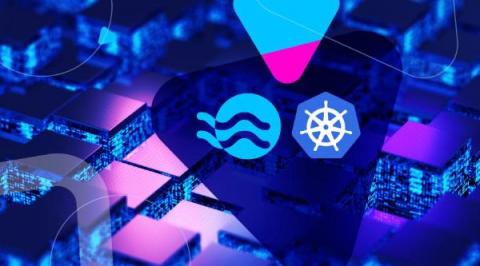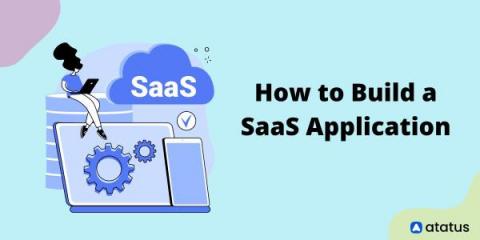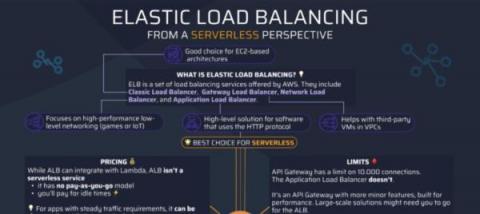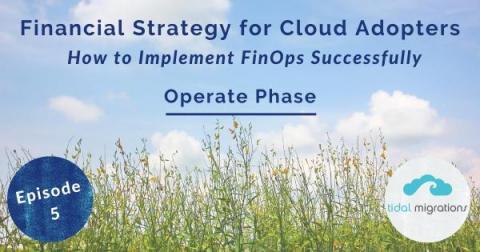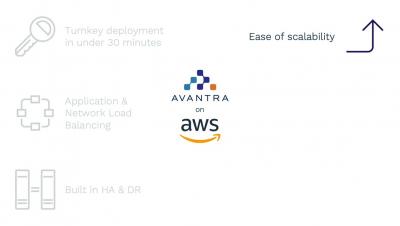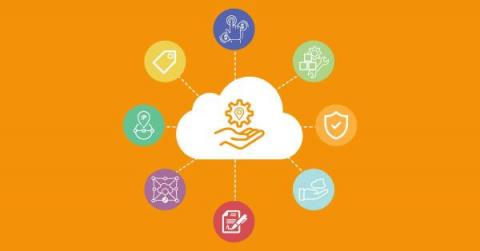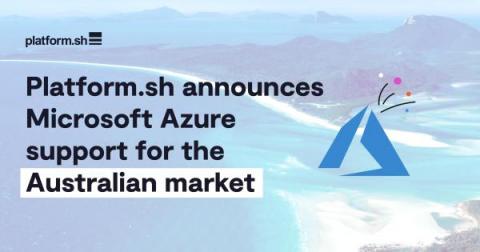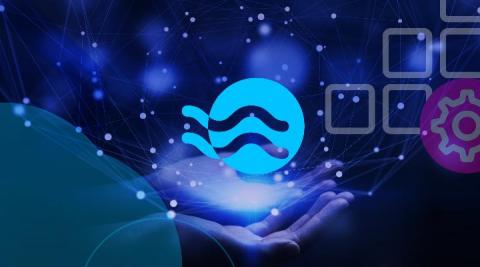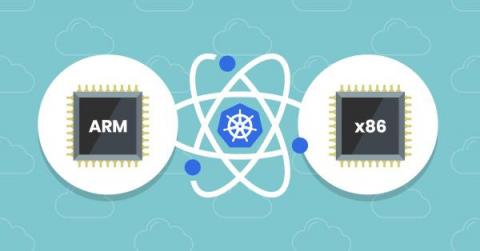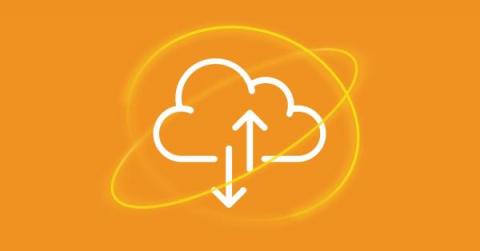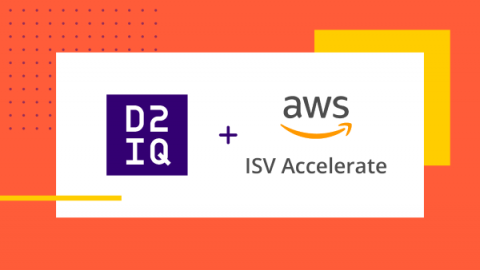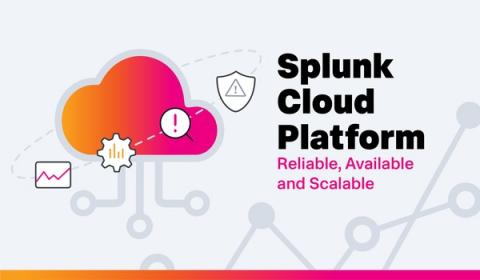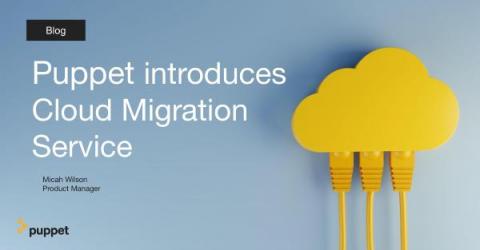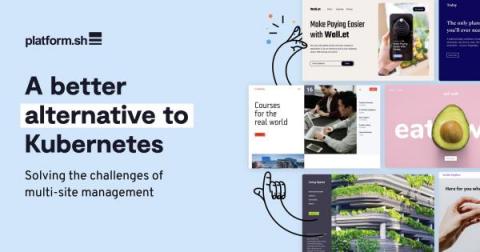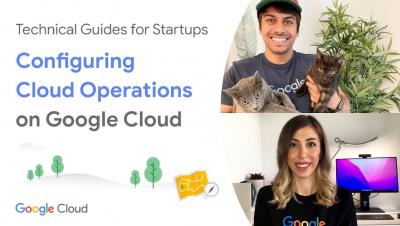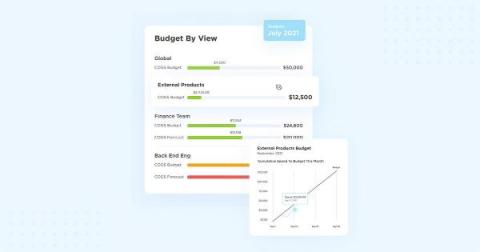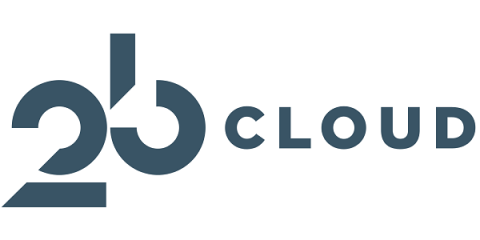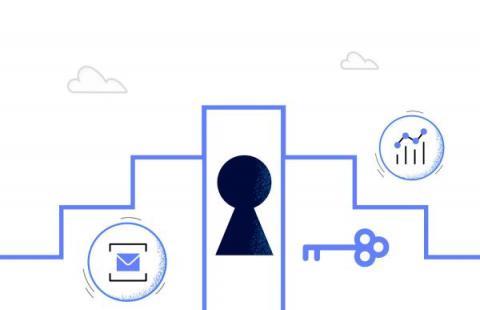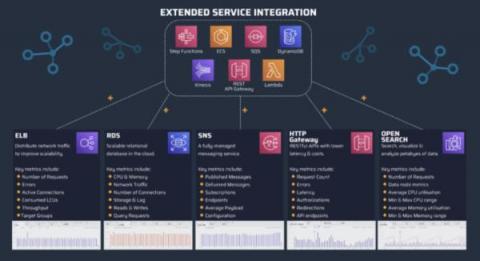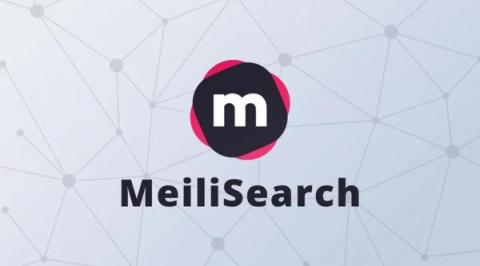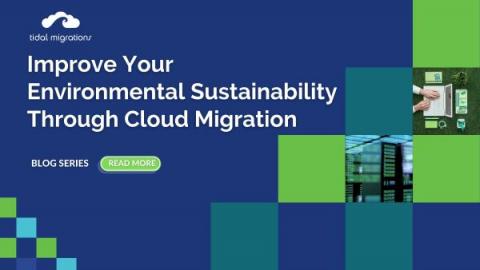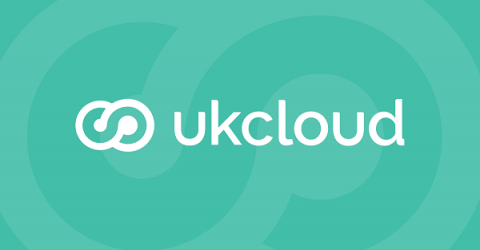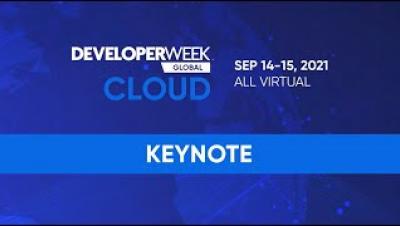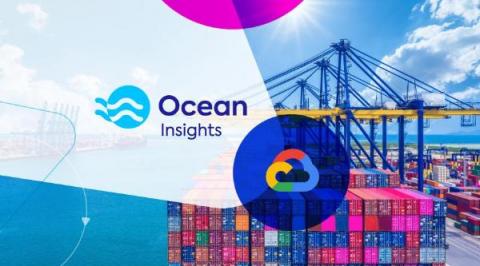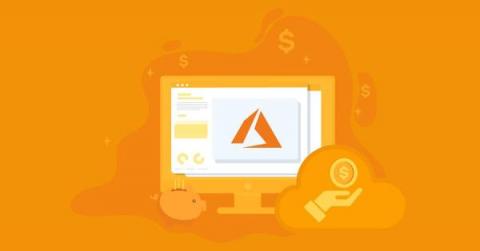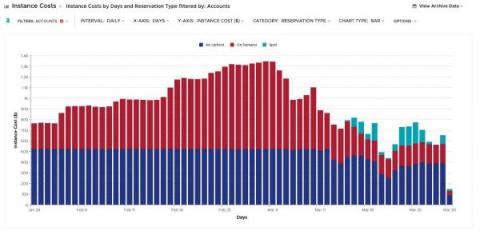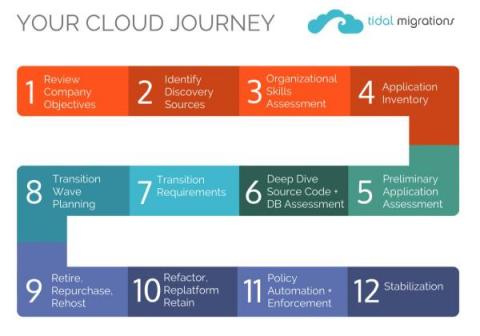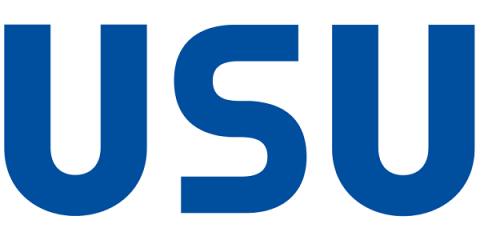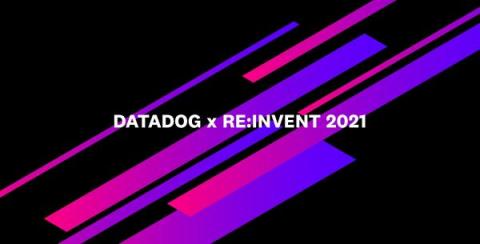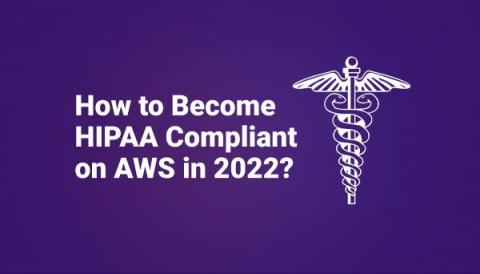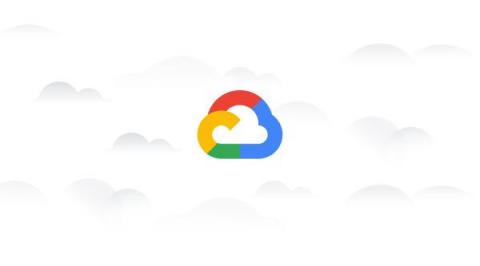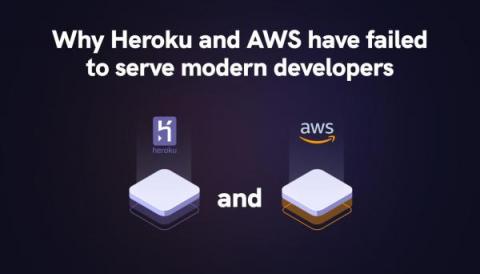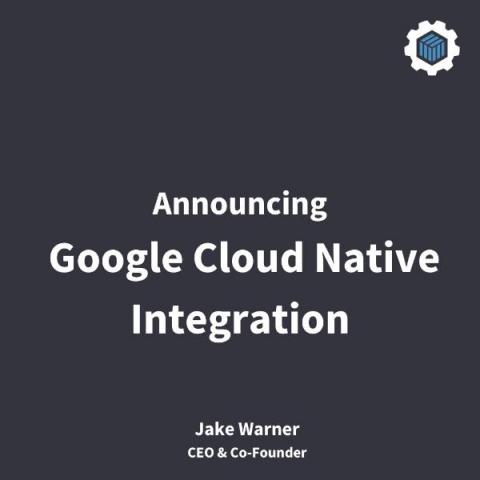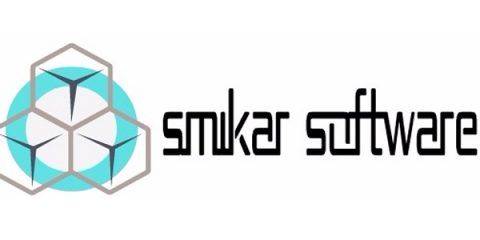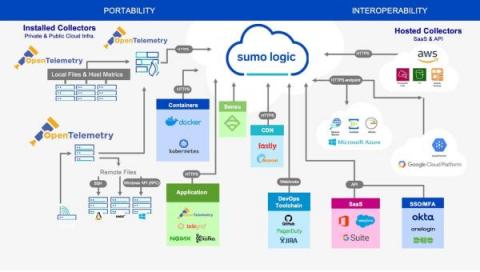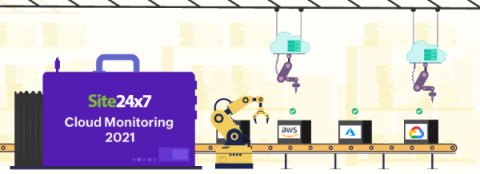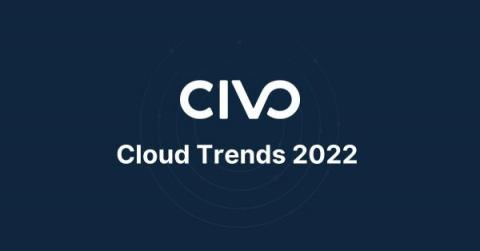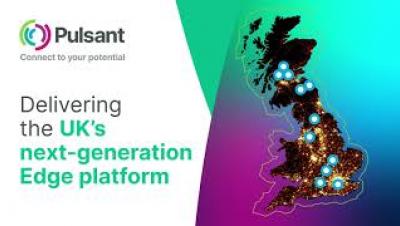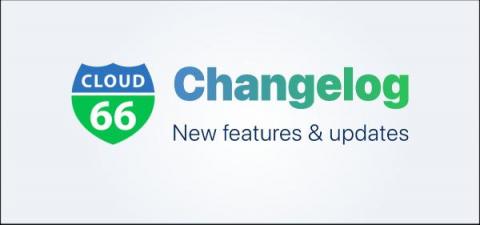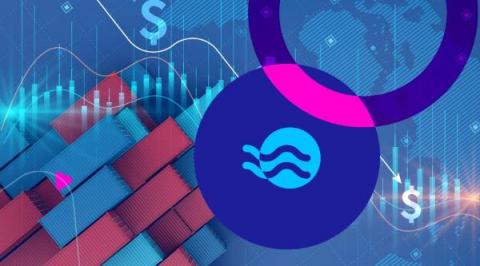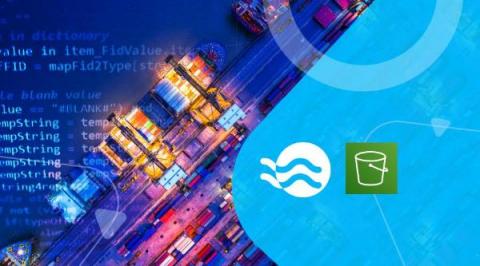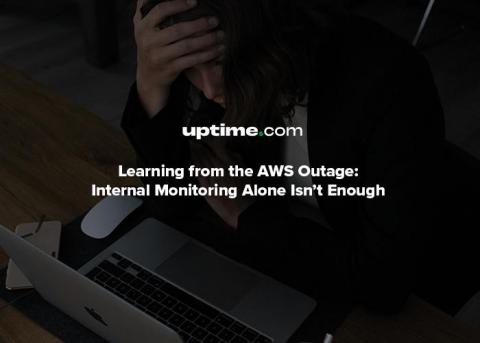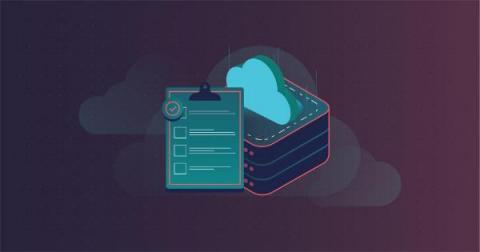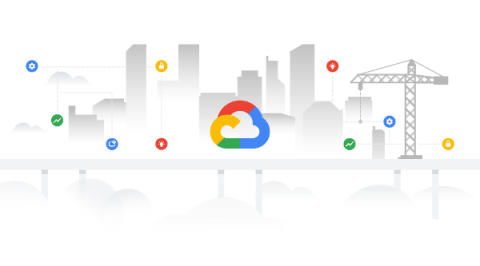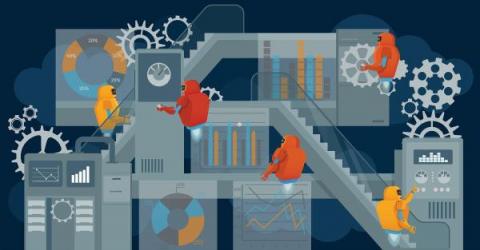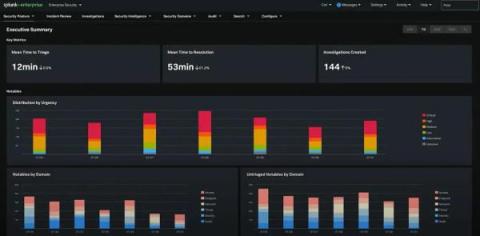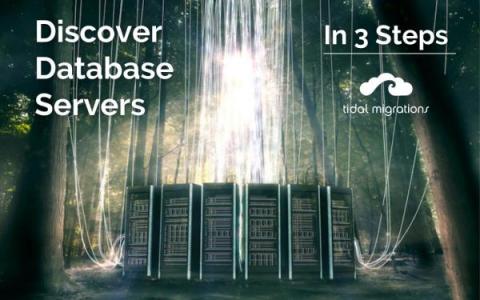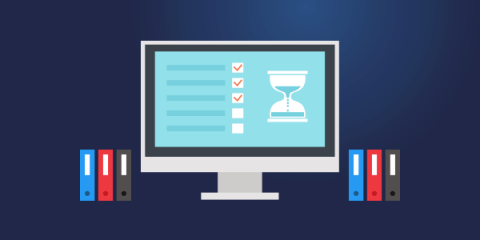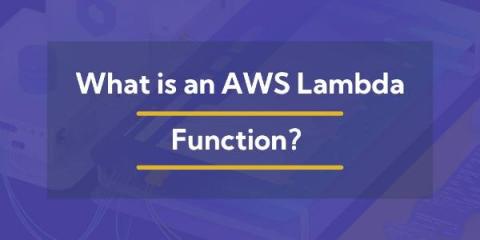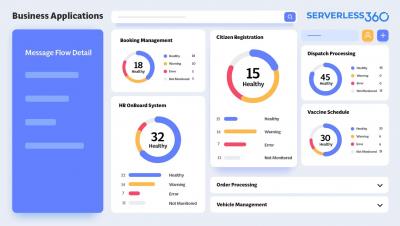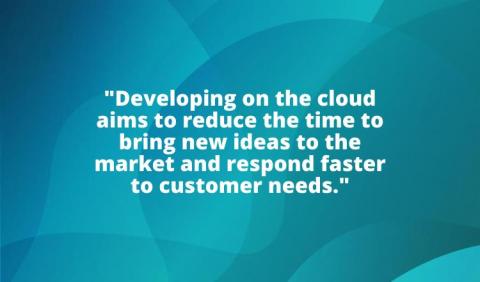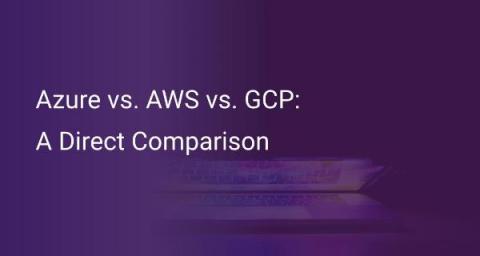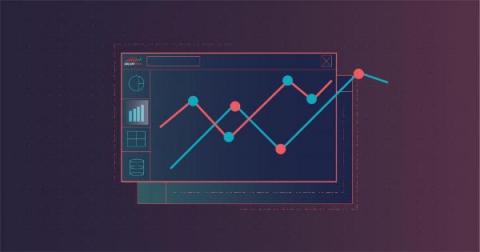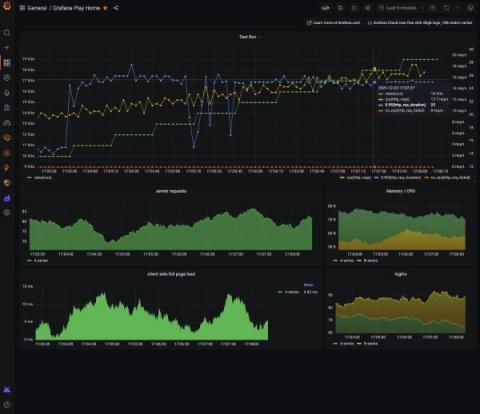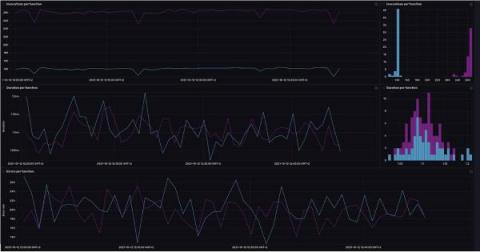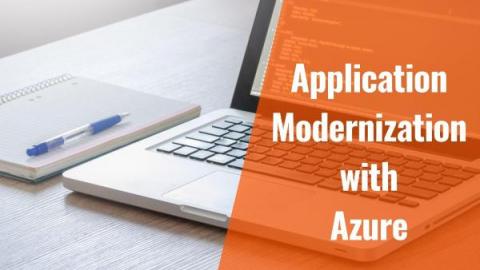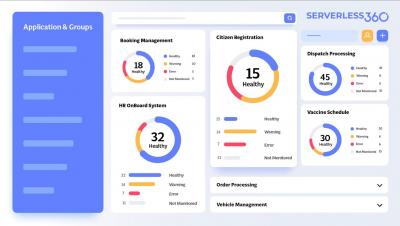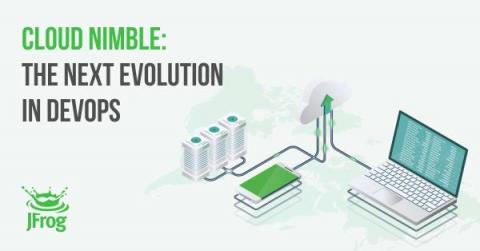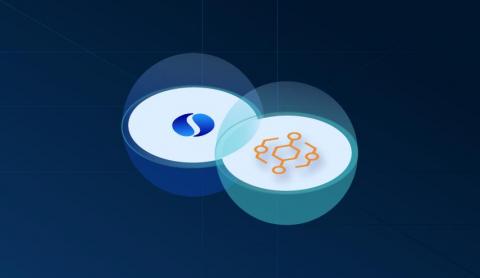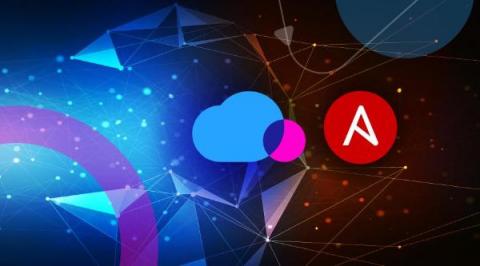Operations | Monitoring | ITSM | DevOps | Cloud
January 2022
How to build a SaaS application?
SaaS is a new trend that is transforming how companies manage their software. Today, SaaS is one of the most popular ways to deliver your software. SaaS is cloud-based software deployed from a website and is used to provide software solutions at a cost lower than the price of traditional software licensing, including the ability to build and deploy a solution. It is gaining popularity because of its ease of use and flexibility to be updated frequently.
Application Insights health check with Serverless360
5 Cloud Tagging Best Practices Every SaaS Company Should Use
[Infographic] AWS Elastic Load Balancing from a Serverless perspective
Load balancing is a significant part of every internet-facing software, and with Elastic Load Balancing (ELB), AWS offers a set of load balancers for every use case. Since our latest update, Dashbird also gives you insights into these ELB services; let’s look at them and see how they can be used in a serverless environment.
How to Implement FinOps Successfully - Episode 5 / Operate Phase
This is the fifth and final part of this FinOps series, The Operate Phase. If you have missed any of my previous blogs, here is a list of posts in the series: Note: I am ex-AWS, so you will notice a lot more focus on AWS tools and services as examples here, however we are cloud agnostic and all cloud providers have similar services and tools.
Kubernetes: Visualizing Performance & Risk
Top 10 Monitoring Features for Multi-Tenant Managed Service Providers (MSPs)
eG Innovations works with Managed Service Providers (MSPs) across the world, who use eG Enterprise to deliver value-added services to improve their customers’ resilience and business outcomes. Many of these service providers choose eG Enterprise for its secure and granular role-based multi-tenancy support. The service provider does not have to configure and maintain one instance of eG Enterprise for each customer.
How To Calculate TCO On AWS: A Step-By-Step Guide
Amazon S3 Cost Optimization Best Practices
Amazon Simple Storage Service (S3) is an essential cornerstone of AWS and among its most popular service offerings. S3 allows tenants to store, secure, and retrieve data from S3 buckets on demand. It is widely used for its high availability, scalability, and performance. It supports six storage classes and several use cases, including website hosting, backups, application data storage, and data lake storage. There are two primary components of Amazon S3: Buckets and Objects.
Platform.sh Announces Microsoft Azure Support for the Australian Market
Platform.sh, a unified, secure, enterprise-grade platform for building, running and scaling web applications, is pleased to announce the expansion of its services to the Australian market.
Elevate AWS threat detection with Stratus Red Team
A core challenge for threat detection engineering is reproducing common attacker behavior. Several open source and commercial projects exist for traditional endpoint and on-premise security, but there is a clear need for a cloud-native tool built with cloud providers and infrastructure in mind. To meet this growing demand, we’re happy to announce Stratus Red Team, an open source project created to emulate common attack techniques directly in your cloud environment.
Be in charge of your cloud costs with these 2021 releases: CloudSpend recap
The widespread adoption of digital transformation triggered by the global health crisis has created a boom. For some businesses, the transition was smooth, but for others, it was an aggressive shift. Out of all the challenges posed by the transition to digital environments, messy cloud cost management and rocketing cloud bills are the most taxing. According to Gartner, through 2024, 60% of infrastructure and operations leaders will bear cloud costs that hurt their on-premises budgets.
Ocean explained: Ocean controller deepdive
Cluster Roll feature enhancements now available
Is ARM architecture the future of cloud computing?
Central processing units (CPUs) can be compared to the human brain in that their unique architecture allows them to solve mathematical equations in different ways. x86 is the dominant architecture used in cloud computing at the time of this writing; however, it is worth noting that this architecture is not efficient for every scenario, and its proprietary nature is causing an industry shift toward ARM.
Cloud Technology Adoption Trends
In the second half of 2021, eG Innovations partnered with the DevOps Institute to conduct an online survey of more than 900+ individuals from Sys Admin, DevOps, SREs, and other IT backgrounds. We asked questions about: Some of the results included: You can download the full survey results here: Cloud Technology Adoption Trends | eG Innovations If surveys and statistics on technology adoption are of interest, we have some other recent ones available, conducted in the last 12 months,.
D2iQ Joins AWS ISV Accelerate Program
We are excited to announce that D2iQ is now part of Amazon Web Services (AWS) Independent Software Vendor (ISV) Accelerate Program! The AWS ISV Accelerate Program helps ISVs with software solutions that run on or integrate with AWS, drive new business and accelerate sales cycles by connecting the participating ISVs with the AWS Sales organization. The D2iQ Kubernetes Platform (DKP) enables AWS customers to quickly achieve Day 2 operations competency in their cloud-native deployments.
Face the Unexpected with the Stability and Resiliency of Splunk Cloud Platform
Stability and resiliency of cloud services are top of mind for organizations today. Whether rising to the challenge of a surge in pandemic-driven demand, or fire fighting an unexpected outage, you still have to support your own customers.
The secret to managing multiple websites
Forrester Research interviewed digital leaders at enterprise organizations and found that, on average, they were maintaining 268 customer-facing websites and applications. As the number of websites you manage continues to grow, so do the number of challenges in managing it. Often the websites are designed by different teams, are built using different languages and frameworks, and run on different hosting solutions with different DevOps tools and workflows.
Puppet's new Cloud Migration Service helps migrate your PE installation
Adopting a public cloud platform like AWS has many benefits, but the process of moving your existing automation capabilities between on-prem and the cloud can present challenges and make it difficult to take full advantage of cloud. In fact, in a recent survey conducted by Puppet, we learned that many Puppet users are significantly influencing their organizations’ cloud migration planning, indicating that Puppet can play a key role in cloud migration.
CI/CD on Google Cloud
7 AWS Migration Strategies That Can Help Prevent Overspending
Harnessing the power of the cloud to create personalized experiences
Technology teams are under more pressure than ever before. They’re balancing the demands of a changing workplace, growing customer expectations, and shifting from traditional to digital delivery. While managing more applications with less visibility, they face expectations to deliver fast, customer-grade experiences. These digital experiences are increasingly enabled by the cloud.
PaaS: a better alternative to Kubernetes
Today’s organizations face major challenges in effectively deploying and managing their online services, applications, and websites. In recent years, with interest in infrastructure technologies such as Kubernetes and Docker surging, container orchestration solutions have emerged as a core technology to help overcome challenges and move to a more modern approach.
Configuring Cloud Operations on Google Cloud
Datadog Cloud Security Platform
Using Oracle Cloud as a Data Lake Made Simple With Cribl LogStream
All Cloud providers such as AWS, Azure, Google Cloud Platform, and Oracle Cloud offer Object Storage solutions to economically store large volumes of data and retrieve it on demand. It’s far cheaper to store one petabyte of data in object storage than in block storage. As AWS S3 has become the standard, many on-premise storage appliance vendors have incorporated S3 APIs to store and retrieve data. Oracle wisely continued that trend to OCI (Oracle Cloud Infrastructure).
Introducing CloudZero Budgets: Improve Cost Predictability And Eliminate Surprises
Is Your Start-up Production Ready (Part 1)
At 2bcloud, we love to collaborate with our peers and trade ideas on how to help young companies move faster and create stronger products by using all that today’s cloud systems have to offer. That’s why we sat down with our friends Shiri Hochhauser, Sr.
Designing production-ready AWS serverless applications
Serverless has become an increasingly popular paradigm among organizations looking to modernize their applications as it allows them to increase agility while reducing their operational overhead and costs. But the highly distributed nature of serverless architectures requires developers to rethink their approach to application design and development. AWS-based serverless applications hinge on AWS Lambda functions, which are stateless and ephemeral by design.
AWS Re:Invent 2021 - Accelerate Your Cloud Migration for Financial Services
Getting Ready for a smooth, speedy migration to the Splunk Cloud Platform
Azure Service Bus Logging with BAM - Walk-through
Dashbird now integrates with 5 new AWS services
TL;DR: Dashbird launches observability for five new AWS services (ELB, SNS, RDS, OpenSearch, and HTTP API Gateway) to allow for a faster, more secure, and smoother serverless observability experience. Dashbird, the leading monitoring platform for serverless AWS applications, announces five new AWS integrations.
19 Questions To Ask Your Cloud Cost Management Vendor
Not all cloud cost management tools are equal. Whether you’re in the process of evaluating cloud cost management vendors or already have a tool in place, here are 19 questions you should ask to ensure you have all the capabilities needed to maximize performance and minimize cost of your hybrid cloud deployment across the following.
Create An Instant Search Feature With Meilisearch In A React Frontend
Meilisearch is an open-source search engine database alternative to Elastic Search or Algolia. It gives fast autocomplete with under 50ms database query performance.
Improving Environmental Sustainability Through Cloud Migration
With rising awareness and increasing calls for action, the pressure is on to improve your organization’s energy sustainability. While frequently overlooked, moving your IT workloads to the cloud is one of the quickest ways to achieve a material reduction in your carbon footprint. Organizations typically look to the cloud to improve agility, scalability, and reduce costs.
UKCloud acquired by strategic investor Hadston 2
Continuous Software Pipelines: Why Enterprises Are Going Cloud-Native 2021 Dev Week Cloud Keynote
Cloud-Native Pipelines: Secure Software Delivery, Made Simple Dev Week Cloud Workshop Session
5 Ways the World of IT Operations Will Shift in 2022 (and Beyond)
The following first appeared on VentureBeat. Despite the economic uncertainty due to the global pandemic, worldwide technology spending in 2021 increased by nearly 9% to $4.2 trillion. The U.S. economy grew sharply across the past three quarters of 2021, leading to stronger consumer spending, higher price inflation, and persistent employee shortages amid the great resignation.
11:11 Systems Completes Acquisition of iland
Improve Apache Spark performance with the S3 magic committer
Ocean Insights now available for Google Cloud
LogStream for InfoSec: VPC Flow Logs - Reduce or Enrich? Why Not Both?
In the last few years, many organizations I worked with have significantly increased their cloud footprint. I’ve also seen a large percentage of newly launched companies go with cloud services almost exclusively, limiting their on-premises infrastructure to what cannot be done in the cloud — things like WiFi access points in offices or point of sale (POS) hardware for physical stores.
How to save on your Azure Monitor and Log Analytics Costs
Thomas Stringer has a couple of great blog posts on how to understand your Azure monitoring costs and also on how to reduce your costs, see Azure Monitor Log Analytics too Expensive? Part 2 – Save Some Money | Thomas Stringer (trstringer.com). In the past I’ve blogged on How to calculate the Azure Monitor and Log Analytics costs associated with AVD (not an easy task!).
The 10 Best AWS Migration Tools (Updated 2022)
Monitoring AWS Spot instances using Sumo Logic
Planning a Pain-Free Cloud Migration. Interview with David Colebatch, CEO / Chief Migration Hacker
Ever wonder how best to plan for a successful cloud migration? I sat down with David Colebatch, CEO / Chief Migration Hacker at Tidal Migrations to better understand what it takes to approach a cloud migration with confidence. David will help to demystify cloud migration planning and further change our perceptions of the cloud.
USU Teams up with Voxai Solutions to Provide a Superior Knowledge Management Solution for Genesys Users
Highlights from AWS re:Invent 2021
Toward the end of each year, tens of thousands make the journey to Las Vegas to participate in AWS re:Invent. AWS re:Invent has been the seminal conference for cloud-focused engineers since 2012, offering a space where the global cloud computing community can share and learn the latest insights and solutions.
How to become HIPAA compliant on AWS in 2022?
Webhook, Pub/Sub, and Slack Alerting notification channels launched
When an alert fires from your applications, your team needs to know as soon as possible to mitigate any user-facing issues. Customers with complex operating environments rely on incident management or related services to organize and coordinate their responses to issues. They need the flexibility to route alert notifications to platforms or services in the formats that they can accept.
Creating custom notifications with Cloud Monitoring and Cloud Run
The uniqueness of each organization in the enterprise IT space creates interesting challenges in how they need to handle alerts. With many commercial tools in the IT Service Management (ITSM) market, and lots of custom internal tools, we equip teams with tools that are both flexible and powerful. This post is for Google Cloud customers who want to deliver Cloud Monitoring alert notifications to third-party services that don’t have supported notification channels.
Why Heroku and AWS have failed to serve modern developers?
Introducing Cycle's Support of Google Cloud Platform
Our goal has always been to automate and standardize the management of infrastructure and deployment of applications across user infrastructure. Today, we are excited to announce that we've launched support for Google Cloud (GCP), expanding our natively supported providers list and further expanding the choice, flexibility, and reach the platform offers to current and new users. With this new integration, users can deploy, manage, and scale their containerized workloads to GCP compute infrastructure.
How to create an Azure storage account
So you finally are ready to try out some of Azure’s most common and loved technologies.Well the cheap storage they provide is definitely one of them that we do. Whether you want to store your own personal files and photos, or you have a requirement from your business to quickly expand some storage, with Azure its quick and easy to setup, access and use. In this quick tutorial I will run you through just how easy it is to setup an Azure Storage Account.
Patterns for better insights and troubleshooting with hybrid cloud logs
Hybrid and multi-cloud environments produce a boundless array of logs including application and server logs, logs related to cloud services, APIs, orchestrators, gateways and just about anything else running in the environment. Due to this high volume, logging systems may become slow and unmanageable when you urgently need them to troubleshoot an issue, and even harder to use them to get insights.
How MSP Content+Cloud Turned a Cost Reduction Mandate into New Revenue Generation
As today’s IT infrastructure becomes more complex, a continued reliance on legacy systems can become costly as IT operations get bogged down in inefficiencies and hampered by unreliability.
Efficient Container Monitoring with Pepperdata
Why COGS Isn't The Most Relevant Cost Metric For SaaS Companies
Eight best practices for a successful cloud migration strategy
The growing demand for multi-cloud monitoring and Site24x7's featured releases: 2021
Catalyzed by the pandemic, 2020 and 2021 witnessed an exponential growth in digital transformation and cloud computing. According to Forbes, this growth is expected to continue in 2022. Site24x7 added more integrations and features to its cloud monitoring portfolio to keep up with the business trends and enterprise demands. Let's dive deep into Site24x7's multi-cloud monitoring releases in 2021 and shed some light on what you can expect from us in 2022.
Cloud native trends for 2022
It's 2022 and time to predict a few things for the coming year in the cloud native ecosystem.
8 Signs You Have a Cloud Optimization Problem
In a survey we conducted last year, we discovered that many enterprises overestimate their ability to optimize their hybrid cloud infrastructures. More than three-quarters of respondents gave themselves high marks for a range of capabilities. Here’s the exact breakdown of the number who rated their abilities a 4 or 5 out of 5: This sounds like great news, except there’s a problem. When we asked about how easy it is to get a global view of cloud costs, 42% said that it takes some effort.
Pulsant Edge
Deploy Friday: E84 How WeWeb rapidly incorporated user feedback into their product
Changelog 14th January 2022
For our Rails/Rack customers, the latest Ruby release v3.1.0 is now available. This is brand new, and Gems are still catching up, so please ensure your application works with this version locally before upgrading. For more information, see the official release notes.
6 Actionable Ways To Improve Your Cloud Efficiency
French distribution company is new USU customer for software license management
Ocean explained: container-driven autoscaling with Kubernetes
Accelerate incident analysis by incorporating Ocean logs in any pipeline
Learning from the AWS Outage: Internal Monitoring Alone Isn't Enough
If you have set up your own monitoring services with Amazon CloudWatch, Azure Monitor or another internal tool, we suggest you consider looking beyond the horizon. These services often provide internal web monitoring only. Perhaps they validate HTTP availability from locations outside their networks, but HTTP checks won’t give you a 360º view into the state of your services.
How to Monitor Any SaaS Application Without Scripting Requirements
Big Data Cloud Performance Management: How to Do it Right
Transforming Education and Government IT and Cloud Environments
USU wins Automotive Group as new Customer for global Salesforce License Management
How to deploy the Google Cloud Ops Agent with Ansible
Site Reliability Engineering (SRE) and Operations teams responsible for operating virtual machines (VMs) are always looking for ways to provide a more reliable, more scalable environment for their development partners. Part of providing that stable experience is having telemetry data (metrics, logs and traces) from systems and applications so you can monitor and troubleshoot effectively. Many Google Cloud services, including Google Compute Engine, provide basic system metrics out of the box.
AWS re:Invent 2021: Scale the Kubernetes-first, cloud-native model
9 Cloud FinOps Challenges - And The Solutions To Overcome Them
Refined User Experience, New Executive Visibility, and Enhanced Cloud Monitoring with Splunk Enterprise Security 7.0
Just like that, another year has gone by full of remote work, virtual conferences, and lengthy Zoom calls. And, although we were not able to see our fellow Splunkers in person at.conf21 that didn’t stop us from previewing the latest enhancements to Splunk Enterprise Security. And now, it gives us great pleasure to announce that Enterprise Security 7.0 is available!
Discover Database Servers In 3 Steps
I recently had a cloud migration client who was at the beginning stage of their discovery phase and looking to jump straight to “which database platforms should I be using in the cloud?” - a tall ask you might say, but following the three steps below they were able to discover and analyze all of their database servers in just two weeks.
Control Plane Demo
What is Cloud Backup and How Does It Help Small Business?
Cloud technology has enjoyed exponential growth over the past several years. Increases in broadband and wireless speeds have spurred a rise in everything from cloud storage to Software-as-a-Service (SaaS). Before the cloud grew into its current form, it was primarily a tool for backing up data in a safe, remote location. Throughout the evolution of cloud, backup and restore remains one of this technology’s most widely-used and important functions.
What is an AWS Lambda Function?
In this article, we will cover the basics of a Lambda function and its functionality in our every day digital lives. AWS Lambda, as we already know, is a compute service that allows you to run code without managing servers. AWS Lambda runs the code when it is needed, and it is automatically scaled. The code you execute on AWS Lambda is called Lambda function, and it can be considered, for better understanding, as a formula in a spreadsheet.
Key metrics for monitoring Azure SQL databases
Microsoft Azure SQL Database is a platform-as-a-service (PaaS) database offering for modern cloud applications. It’s a fully managed service that runs on the latest version of the SQL Server database engine, enabling you to create highly available and performant database instances without needing to maintain hardware upgrades, patches, or backups.
Tools for collecting Azure SQL Database data
In Part 1 of this series, we discussed key metrics for monitoring Microsoft Azure SQL databases. We also looked at how your database resource and audit logs complement metrics to provide more insight into database performance, activity, and security. In this post, we’ll show you how to collect metrics and logs from your database instances and monitor them with Azure’s monitoring and reporting tools.
Monitor Azure SQL databases with Datadog
In Part 2 of this series, we showed you how to monitor Azure SQL Database metrics and logs using the Azure platform. In this post, we will look at how you can use Datadog to monitor your Azure SQL databases alongside other technologies in your infrastructure. Datadog provides turn-key integrations for Azure along with more than 500 other technologies, enabling you to track long-term performance trends across all systems in your infrastructure, not just your SQL databases.
5 top hybrid cloud security challenges
Hybrid cloud environments can add complexity, reduce visibility, and require different logging and monitoring approaches for security teams. For a growing number of organizations, IT environments encompass a blend of public cloud services, private clouds, and on-premises infrastructure—with the latter becoming an ever-smaller portion of the mix. The past two years have seen a major uptick in the use of cloud services, and the trend shows no signs of slowing.
Feature Spotlight - Business Applications
Feature Spotlight - Business Activity Monitoring
Feature Spotlight - Azure Documenter
What is the CNCF
Cloud-Native Development (Everything You Need to Know)
Why Serverless? The Next Wave Of Cloud Cost Optimization
5 Misconceptions About Cloud Cost Optimization Tools
Unless you are one of the 1% of enterprises that have zero workloads running in the publice cloud, you need a cloud cost optimization tool. Yes, you do. And if you have workloads running in multiple public clouds—which somewhere in the neighborhood of 85% of enterprises do—you really need a cloud cost optimization tool. If I’m preaching to the choir, feel free to skip to the end of this article where you’ll find a link to try Virtana Optimize for free.
Top Cloud Security Trends 2022
Enterprise cloud use cases are changing and expanding, and companies are now realizing new security challenges that need to be resolved. Cloud security solutions can include everything from new security tools to more advanced training to investing in new team strategies. See below to learn about the tops trends cloud security experts are seeing in the market.
Cloud Computing's Age Of Constraint Is Here
Just flip on Netflix, and you can easily find a few dozen dystopian visions of a climate-ravaged future. As the standard storyline goes, the end of this century will see temperatures rise to ecologically disastrous heights, impacting billions of lives and changing living conditions forever.
How To Calculate Customer Retention Cost: The Hidden SaaS Metric
Azure vs. AWS vs. GCP: A Direct Comparison
Ever since the pandemic hit the world in 2020, many businesses and institutions have begun to adopt cloud computing into their operations. With more employees working from home, companies have moved from on-site data centers and chosen cloud computing services. Although cloud computing is not new, its relevance has increased during the last year and has revolutionized how businesses and institutions are operating now.
Pepperdata CEO Ash Munshi on the Future of Big Data APM in 2022
How the new k6 Cloud app plugin makes it easy to correlate QA data and system metrics in Grafana
One of the common challenges when doing performance testing is the difficulty of correlating the metrics of your application with your testing results. Having available QA, infrastructure, and application metrics together allows engineering teams to better understand the behavior of their systems during the testing, helping to detect and prevent potential issues in their applications.
JFrog Artifactory on Your Choice of Cloud Provider
Cloud Budgeting: A Guide To Accurately Forecasting Cloud Spend
Application composability - a cloud computing perspective
Let’s remember the time in the 2000s when companies introduced their cloud computing offerings at a large scale. New services were put into the popular IaaS, PaaS, and SaaS categories. New kinds of storage and messaging technologies were promoted. Also, novel approaches were discussed, such as designing applications for horizontal scalability and eventual consistency.
Easy Lambda Function Monitoring with the AWS Lambda InfluxDB Template
AWS Lambda is a serverless compute service that allows you to run code without having to manage servers. Lambda provides autoscaling and bills only on compute time, so you aren’t paying for unused resources. Some common use cases are file processing, stream processing, and acting as a backend for web and mobile applications. AWS Lambda functions can be invoked with external HTTP requests as well as by events triggered by over 200 different AWS services.
Application Modernization Using Microsoft Azure - Top 4 Reasons Why You Can't Ignore It
In the digital transformation era, any organization on its growth to glory must consider developing and investing in modernizing their application portfolios. That includes healthy competition, legacy modernization, and creating a unique identity from the rest of others. Moreover, advancements in technology have forced organizations to reconstruct themselves to the new normal. Application modernization is all about the process of repurposing or consolidating current business applications.
Dark Data: The Cloud's Unknown Security And Privacy Risk
Over the last few years, multicloud frameworks have drifted into the mainstream. Organizations now create, store and manage enormous volumes of data across different cloud platforms. Despite the magnitude of this trend, there’s a stark and often disturbing truth: Businesses often have little or no visibility into much of the data that resides in these clouds. The culprit? Dark data.
Introducing Serverless360 in 75 Seconds
Cloud Nimble: The Next Evolution
Squadcast + Amazon EventBridge: Routing Alerts Made Easy
Enhanced security for the Spot-Jenkins plugin
OpsRamp for the Enterprise
Building a frictionless Azure Support Workflow
Chocolate Chip Cookies And AWS Costs: What If We Ran Bakeries Like We Run SaaS Companies?
Hybrid Cloud Infrastructure: A Complete Migration, Cost Management, and Optimization Checklist
The success of your enterprise’s digital transformation relies in no small part on your hybrid cloud infrastructure, which SearchCloud Computing defines as “a cloud computing environment that uses a mix of on-premises, private cloud and third-party, public cloud services with orchestration between these platforms.” Because this infrastructure is not a homogeneous environment, migration, management, and optimization can be an ongoing challenge.
Spot publishes module collection in Ansible Galaxy
Ansible is an open-source IT automation engine that automates provisioning, configuration management, application deployment, orchestration, and many other IT processes. It is one of the most widely-used provisioning tools in the industry to enable infrastructure as code (IAC), made popular by its ease of use and simple, but powerful automation. With easy integration, you can use Ansible and Spot to fully automate and optimize your cloud infrastructure.


